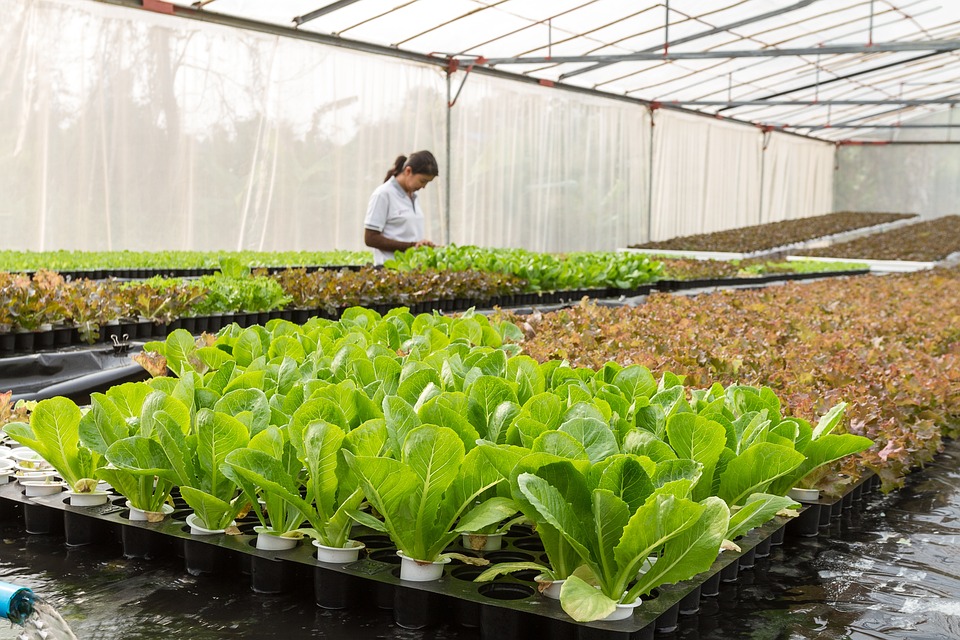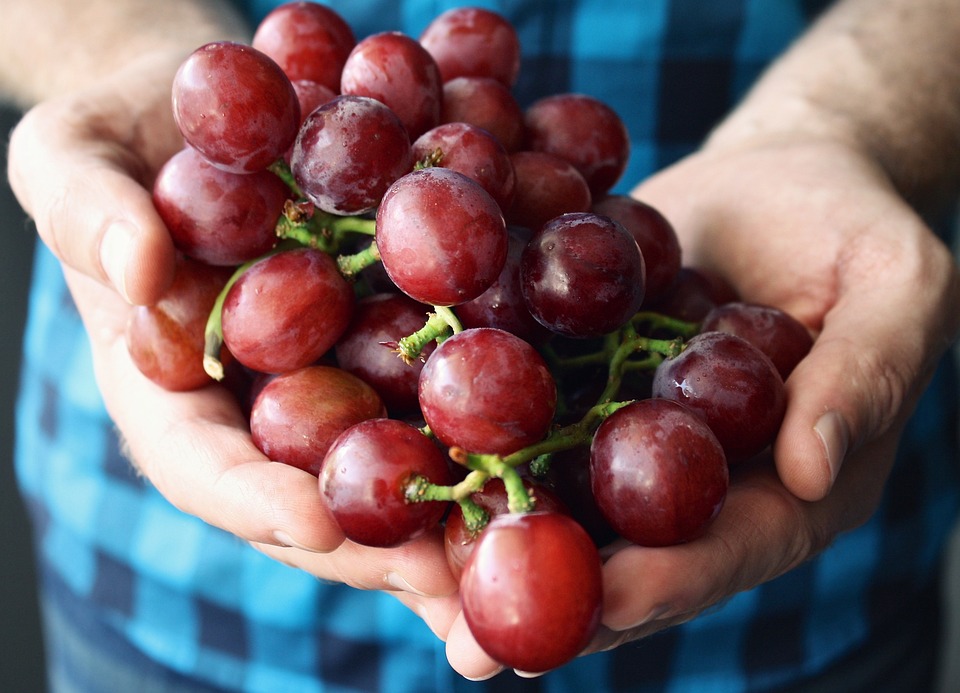Beyond Aesthetics: Exploring the Environmental Benefits of Sustainable Garden Design
Beyond Aesthetics: Exploring the Environmental Benefits of Sustainable Garden Design As a sustainable living enthusiast with a passion for farming and gardening, I have spent years living off the grid and tending to my own sustainable garden. It’s not just about the beauty and tranquility of a well-designed garden, but also about the incredible environmental benefits that come with sustainable garden design. In this article, we will explore the many ways in which sustainable garden design can have a positive impact on the environment, from reducing carbon emissions to promoting biodiversity and conservation. When it comes to sustainable garden design, there are a few key principles that can guide your efforts. First and foremost, it’s important to prioritize native and drought-resistant plants in your garden. These plants are well-adapted to the local climate and soil conditions, which means they require minimal water and maintenance. Additionally, native plants provide essential habitat and food sources for local wildlife, promoting biodiversity and ecological balance. By choosing native plants, you can create a beautiful and functional garden that is in harmony with the surrounding environment. Another important aspect of sustainable garden design is water conservation. In many parts of the world, water is a precious and limited resource, and it’s crucial to use it wisely in our gardens. One of the best ways to conserve water in the garden is by implementing rainwater harvesting techniques. By collecting and storing rainwater from your roof or other surfaces, you can reduce your reliance on municipal water sources and minimize runoff and erosion. Additionally, using porous materials such as gravel or mulch in your garden can help to retain moisture in the soil and reduce the need for irrigation. In addition to conserving water, sustainable garden design can also help to reduce energy consumption and carbon emissions. By incorporating shade trees and other natural elements into your garden, you can create a cooler microclimate that reduces the need for air conditioning in the summer. Likewise, planting trees and other vegetation around your home can provide insulation and reduce heating costs in the winter. Overall, a well-designed sustainable garden can contribute to lower energy bills and a smaller carbon footprint. One of the most exciting aspects of sustainable garden design is the potential to promote biodiversity and conservation. By creating a diverse and ecologically rich garden, you can provide essential habitat and food sources for a wide range of wildlife, from birds and butterflies to bees and other pollinators. This not only contributes to the health of local ecosystems, but it also brings beauty and vitality to your garden. In essence, a sustainable garden is more than just a pretty space – it’s a living, breathing ecosystem that supports and sustains a wide range of plant and animal life. Pro Tips: – When choosing plants for your sustainable garden, look for varieties that are known for their ability to attract and support local wildlife. Native plants such as milkweed, coneflower, and goldenrod are excellent choices for attracting pollinators and other beneficial insects. – Consider incorporating a variety of water features into your sustainable garden, such as rain gardens, ponds, or water-saving irrigation systems. Not only do these features add visual interest to your garden, but they also provide essential resources for wildlife and contribute to water conservation efforts. – In order to reduce the need for chemical pesticides and herbicides in your garden, focus on promoting healthy soil and plant diversity. By building healthy, resilient ecosystems in your garden, you can minimize the impact of pests and diseases and create a more sustainable and harmonious environment. In conclusion, sustainable garden design offers a wide range of environmental benefits, from promoting biodiversity and conservation to reducing water consumption and energy usage. By prioritizing native plants, conserving water, and creating diverse and ecologically rich landscapes, we can create beautiful and functional gardens that support and sustain local ecosystems. Whether you’re an experienced gardener or just starting out, there are many ways to incorporate sustainable principles into your garden design and make a positive impact on the environment. By embracing sustainable practices in our gardens, we can create vibrant and resilient spaces that benefit both people and the planet.










